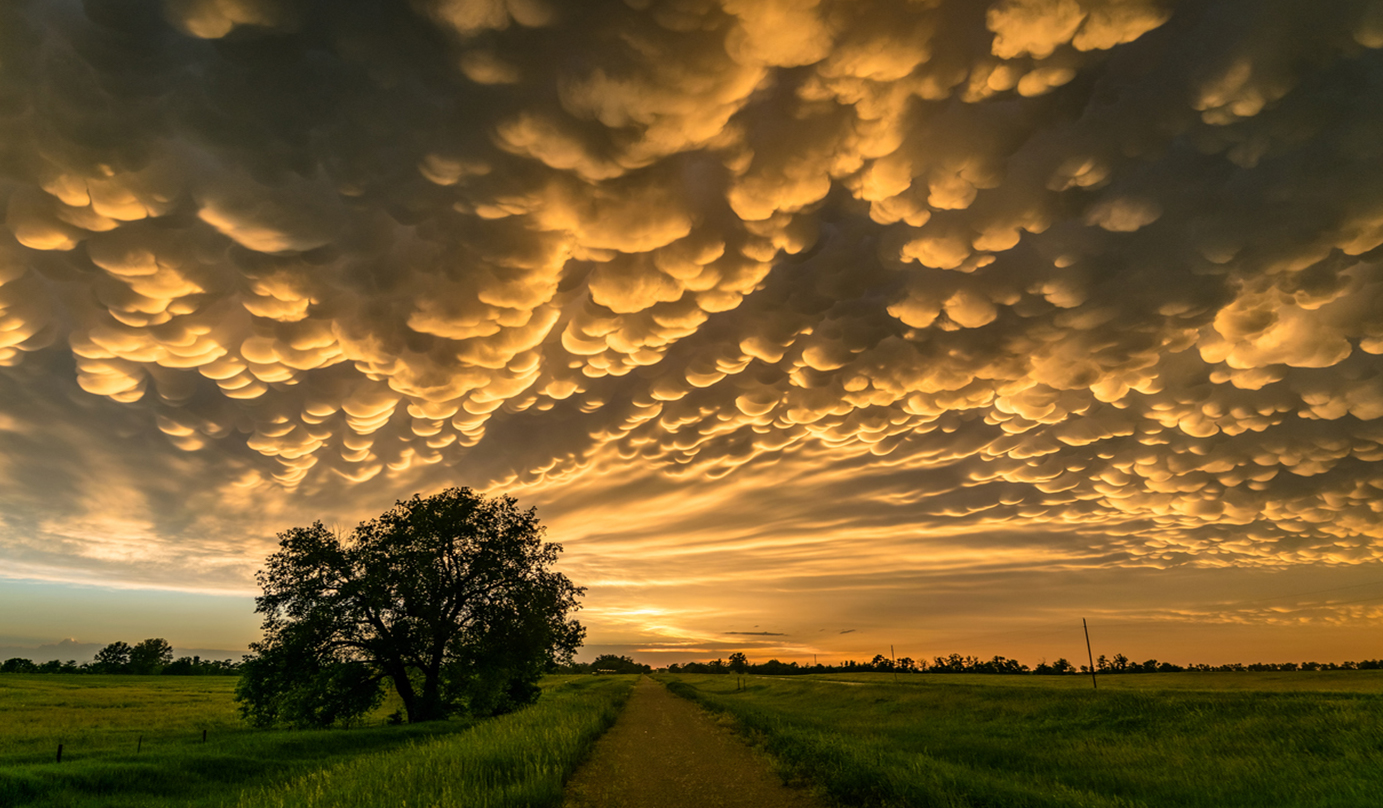
There are many types of meteorological phenomena. You may have seen some of them before. Some of these phenomena can be beautiful. While others can destroy cities and everything we know. Some of these phenomena may even appear extraterrestrial!

Rainbows are quite common, they usually come out after some precipitation. But what are moonbows? Moonbows are rainbows that are made from the moonlight instead of sunlight. The moonbow is not as easily seen as the other multicoloured arc. It is more common for the moonbow to appear white in colour. This is because the moonlight is fainter than sunlight. It is hard for human eyes to see them.

Some people think mammatus clouds look ominous. From the ground, we can see little pouch protrusions. Mammatus clouds usually hang underneath rain clouds. Mammatus clouds often signify that a storm is coming or there is one nearby. They hasten people to take cover and seek shelter.

You may have experienced the occasional squall, but hurricanes are huge storms that can last for about a week. They occur over warm ocean water with warm moist air. Hurricanes bring super strong winds and heavy rain. They can bring wind speeds up to 119 km/hr. They can be dangerous once they move towards land. When this happens, there is often a storm surge. This means that high winds will push the sea towards the land, creating huge waves.

Floods can be caused by many different factors, including heavy rainfall, rivers overflowing, dams collapsing, and many more. Floods can be very destructive. They cause dry land to submerge under the water. This can damage roads, buildings, and bridges. Floods can even cause death. For homes that are still standing, they might not get electricity for prolonged periods. There might not be drinking water for people in the area. Flood waters can also cause diseases to spread which affect people's health.

While floods are dangerous, droughts could bring threatening conditions as well. Droughts occur when there is a prolonged shortage of water. They can last for months or even years. During this time, there isn't a lot of precipitation. This is a huge problem, because without water, crops cannot grow. Without these crops, there won't be food. People could die of hunger. Without clean water, people could die. Animals can also die from these causes as well. Droughts also increase the risk of wildfires.

A hot summer day by the beach may sound relaxing, but a heat dome could bring dangerously hot weather. A heat dome is caused when hot ocean air is trapped, almost like there is a lid. When warm air builds up, the Earth's atmosphere pushes it back down. This causes the air to get hotter. Heat domes can break high temperature records, start wildfires, and cause death to people and animals. Some people say that heat domes are linked to climate change.

There are many beautiful terrestrial meteorological phenomena. Some are so beautiful and mysterious that they've sparked and inspired countless myths and legends. Today, we have a much better understanding of these phenomena. We know why they occur, and we can even predict some of these events too. Which phenomena would you like to see with your own eyes?